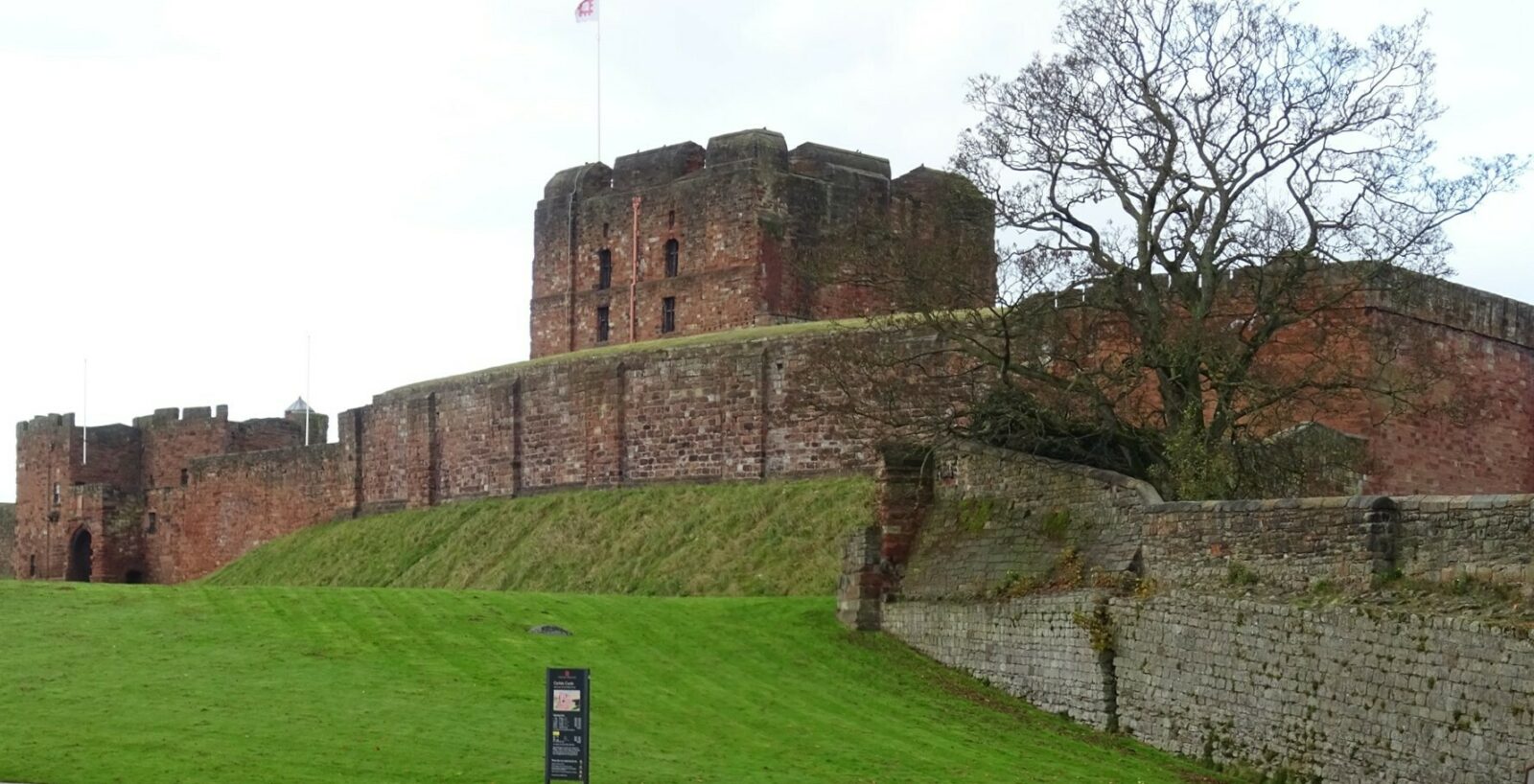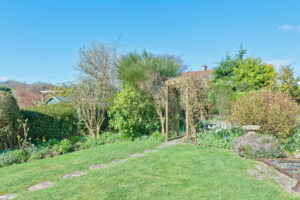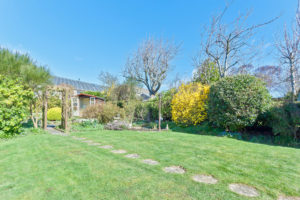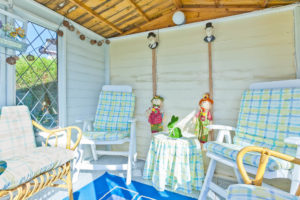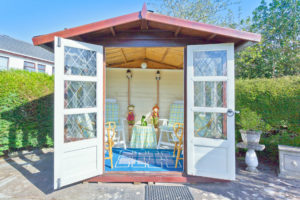Carlisle Castle:
The story of Carlisle Castle begins in the 11th century, when William II of England ordered its construction in 1092.
The castle was strategically positioned to control the western border of England, acting as a defensive stronghold against potential Scottish invasions. The Norman architecture, characterized by its sturdy stone walls and imposing keep, reflected the military prowess of the time.
Key Moments in History:
Over the centuries, Carlisle Castle became a witness to numerous historical events, contributing to its status as a symbol of resilience and strength. During the Anglo-Scottish Wars, the castle played a pivotal role in the border conflicts, changing hands between the English and the Scots multiple times.
Mary Queen of Scots, resided in the castle for two months during 1568, between her landing at Workington and removal to the south.
The tower in which she lodged was in the south-east corner, and was pulled down in 1835.
One of the most notable events in Carlisle Castle’s history occurred during the Jacobite uprising of 1745. The castle served as a prison for captured Jacobite rebels, and its dungeons echoed with the despair of those awaiting their fate. The memory of this period is preserved within the castle walls, providing visitors with a poignant glimpse into a turbulent chapter in British history.
Architecture and Features:
The architectural evolution of Carlisle Castle is a fascinating study in itself. While the original Norman structure remains a dominant feature, subsequent modifications and additions reflect the changing needs and tastes of each era. The medieval inner ward, the impressive stone keep, and the Tudor-style buildings all contribute to the castle’s diverse architectural tapestry.
Exploring the castle grounds allows visitors to discover the dungeons, the medieval great hall, and the intriguing Carlisle Castle Turret, which offers panoramic views of the surrounding countryside.
The castle’s well-preserved state invites contemplation of the countless lives and stories woven into its stone walls.
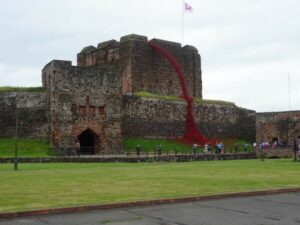
The central keep is an imposing expression of Norman power.
The castle has served as a miliatry base for Edward I, a temporary prison for Mary, Queen of Scots, and a place of incarceration for Jacobite prisoners.
Preservation and Cultural Significance:
In recognition of its historical importance, Carlisle Castle has been carefully preserved and maintained.
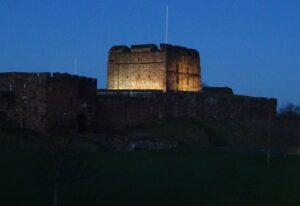
Today, it stands as a Grade I listed building, drawing in visitors from around the world eager to explore its rich heritage. The castle’s museum showcases a remarkable collection of artifacts, providing a comprehensive overview of its multifaceted history.
Beyond its historical significance, Carlisle Castle has also become a cultural hub for events and exhibitions. The castle grounds host concerts, reenactments, and educational programs, ensuring that its legacy continues to resonate with present and future generations.
Conclusion:
Carlisle Castle, with its imposing presence and storied past, invites visitors to step back in time and immerse themselves in the pages of history. From its origins as a Norman fortress to its role in the Jacobite uprising, the castle stands as a living testament to the resilience of the human spirit and the enduring legacy of bygone eras. As we wander through the well-preserved halls and grounds of Carlisle Castle, we can’t help but feel a profound connection to the generations that have come before us, leaving an indelible mark on this iconic fortress.
If you are looking for a holiday cottage in Cumbria, enquire here.
